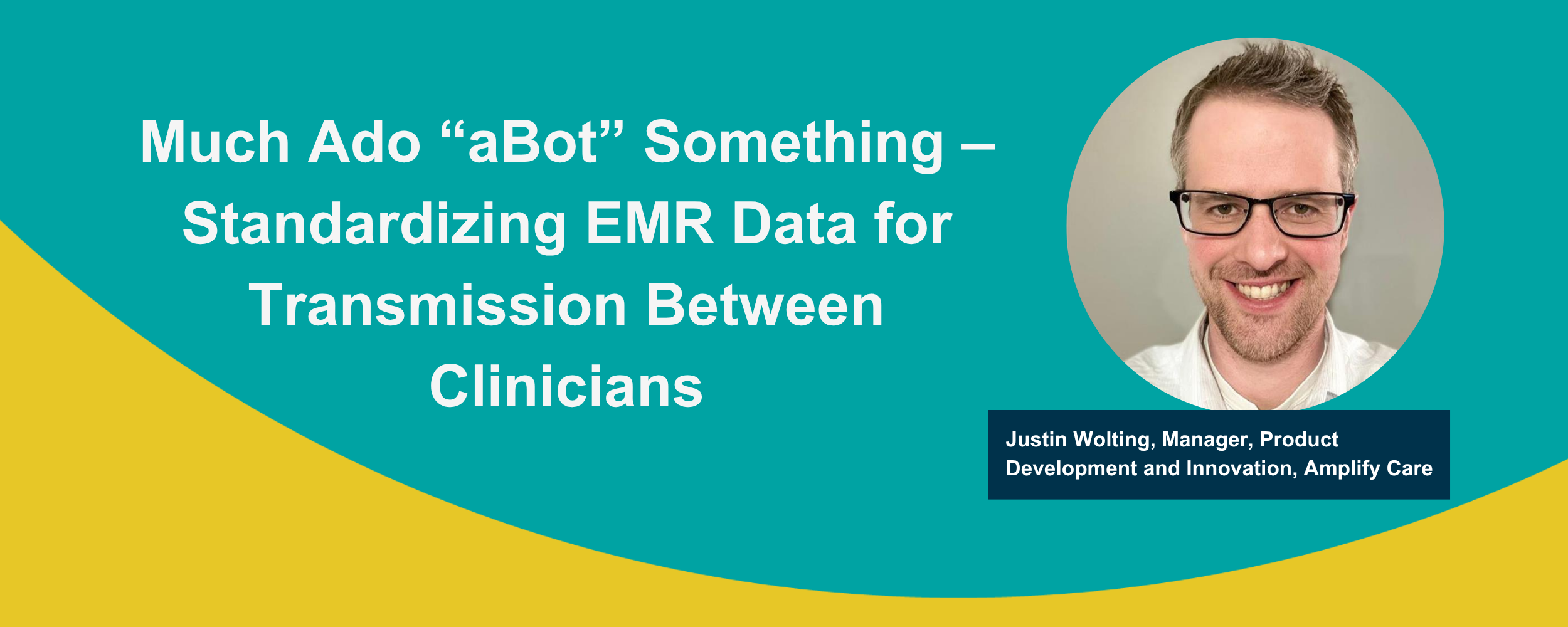AI Adoption Is a Team Sport: Why Frontline Buy-In Matters in Primary Care
Artificial intelligence in healthcare is often described in terms of its capabilities: streamlining documentation, quickly surfacing insights, and optimizing workflows. However, successful implementation requires treating AI as a change initiative, not a plug-and-play solution. That means engaging frontline staff early to help shape how tools are used, providing clear communication about what the technology can and cannot do, and offering practical training and ongoing support. Leadership matters here as well: when AI is framed as a supportive teammate rather than a replacement, it fosters curiosity and reduces anxiety about workload, liability, or job security.
Just as important as change management is evaluation. New tools must be tested in the real world of care delivery, not only in controlled pilots or vendor demonstrations. Teams need answers to questions like: does this reduce burden or simply shift it elsewhere? Is it reliable and safe to use day-to-day? How does it affect communication within the care team? Building feedback loops ensures that tools are refined in response to these realities, rather than forcing clinicians to adapt to rigid systems.
This also means investing beyond the technology itself. The real work lies in resourcing the processes that make adoption possible: training, workflow redesign, evaluation, and ongoing engagement. When these supports are in place, promising AI tools can move from theory into daily practice in ways that genuinely help care teams and patients.
AI has the potential to free up more time for relationship-based care, but only if adoption is deliberate, well-managed, and continuously evaluated. Ultimately, success is not about the technology alone. It’s about people, process, and partnership working together to make it work.
Learn about some of the evaluations for AI scribes we’ve supported here!
Get the latest resources and insights
-

Ocean eReferral to EMHware
Amplify Care and EMHware have partnered to allow healthcare clinicians to send and receive patient…
-

Connecting Canada’s Health Data: Building the Foundation for Better Care
In this post, Justin Wolting, Manager, Product Development and Innovation, at Amplify Care, talks about…
-

Unlocking the benefits of using eConsult in primary care
Wendy Lang from Amplify Care highlights the benefits of eConsult in reducing wait times for…
-

eReferral and ophthalmology cataract central intake in Waterloo Wellington
Using eReferral and a centralized intake model leads to… Reduced wait times Research shows that…